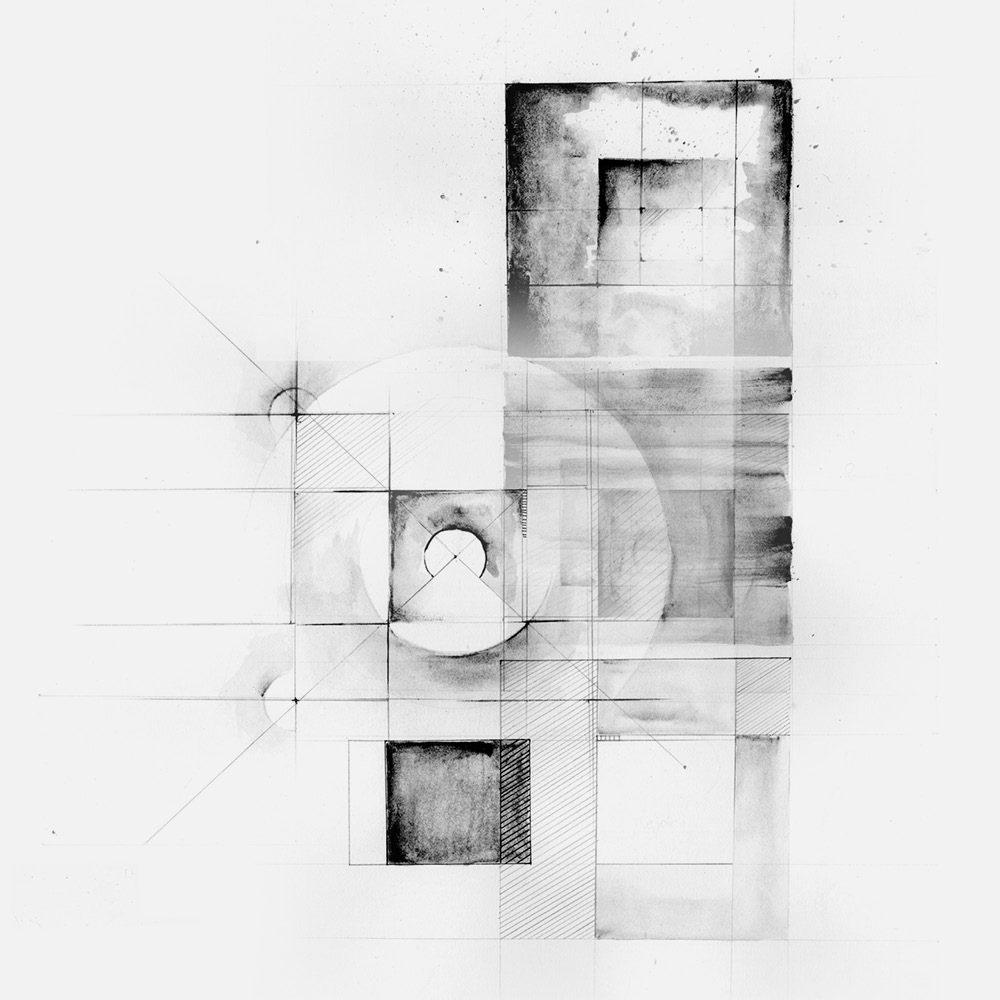Brad Cloepfil Leads Architecture Studio at Columbia University, Ethical Activism: Making Spiritual Space
Jan 3, 2019
In the Fall of 2018, Brad Cloepfil taught a graduate architecture studio at Columbia University entitled Ethical Activism: Making Spiritual Space
For most of the history of architecture, buildings provided space for ritual, personal refuge and collective community in the form of temples, churches, mosques, etc. At their best they have also provided the experiential, metaphorical and ontological platforms for discussions and contemplation of our humanity and our place in the world.
This studio sought an architectural response to a crisis of ethics in the world today, and specifically, the loss of a community identity or physical forum for conversation about larger issues of our lives. Through the provision of common spaces, and through the cultivation of visceral spatial and sensory experience, the design solutions attempt to create architecture that will bring people together, to create an active platform for thinking and action. Space that inspires the mind and moves the soul.
The site for these proposals was the Cathedral of St-Sava in Manhattan, formerly the Trinity Chapel Complex near Broadway and West 25th Street. The historic church burned in 2016, leaving an empty shell and uncertain plans for its restoration or redevelopment of the site. Students were free to propose new programming or any manner of intervention which would open the site to new types of community building, ritual or spiritual practice, or ethical activism, and to utilize a wide range of techniques—conceptual drawings, gestural models, experiments with material, light and space—to help develop and express their vision.
Images top–bottom:
Sarah Rutland, Site Concept
View of project site, Cathedral of St-Sava


In the Fall of 2018, Brad Cloepfil taught a graduate architecture studio at Columbia University entitled Ethical Activism: Making Spiritual Space
For most of the history of architecture, buildings provided space for ritual, personal refuge and collective community in the form of temples, churches, mosques, etc. At their best they have also provided the experiential, metaphorical and ontological platforms for discussions and contemplation of our humanity and our place in the world.
This studio sought an architectural response to a crisis of ethics in the world today, and specifically, the loss of a community identity or physical forum for conversation about larger issues of our lives. Through the provision of common spaces, and through the cultivation of visceral spatial and sensory experience, the design solutions attempt to create architecture that will bring people together, to create an active platform for thinking and action. Space that inspires the mind and moves the soul.
The site for these proposals was the Cathedral of St-Sava in Manhattan, formerly the Trinity Chapel Complex near Broadway and West 25th Street. The historic church burned in 2016, leaving an empty shell and uncertain plans for its restoration or redevelopment of the site. Students were free to propose new programming or any manner of intervention which would open the site to new types of community building, ritual or spiritual practice, or ethical activism, and to utilize a wide range of techniques—conceptual drawings, gestural models, experiments with material, light and space—to help develop and express their vision.
Images top–bottom:
Sarah Rutland, Site Concept
View of project site, Cathedral of St-Sava